Sudan timeline April-June 2025: Bleak hope emerges against bloody reality of conflict
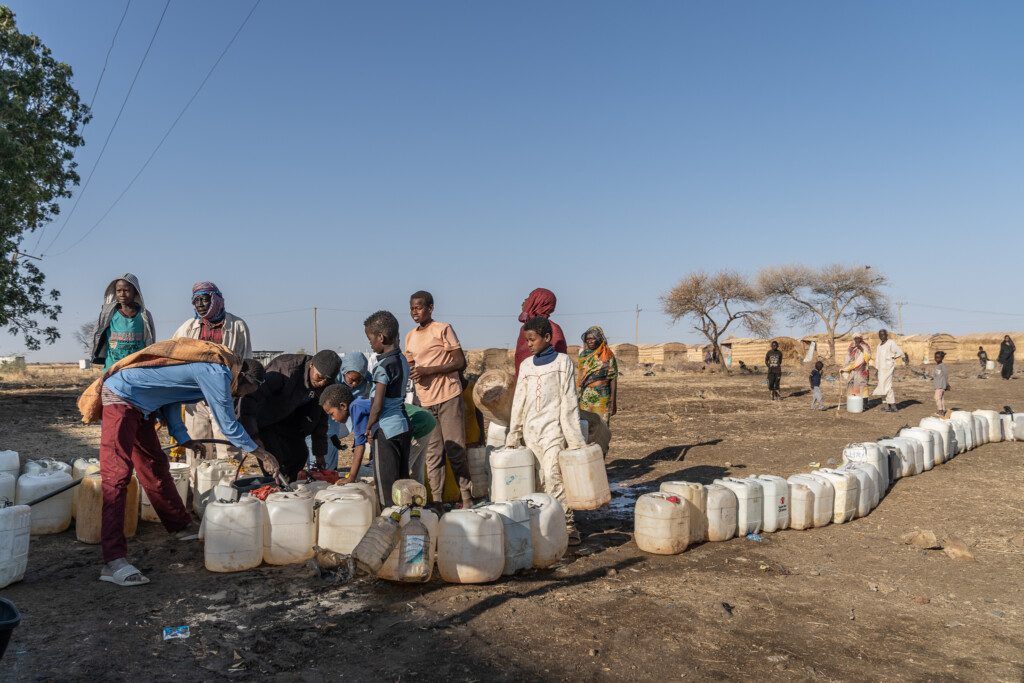
Displaced adults and children queue to collect water from a solar-powered pump at the Abu El Naja gathering site for displaced people in El Gedaref (Photo: Giles Clarke / UNDP)
In the months adjacent to the second anniversary of the beginning of the civil war in Sudan, battles centre around strategic points of influence, including Khartoum, capital of Sudan, El Fasher, capital of North Darfur, Port Sudan, capital of Red Sea state, and the ‘triangle’, where the borders of Sudan, Libya, and Egypt meet. Reports of shelling, bombing, drone strikes, and attacks, where civilians are caught in the crossfire, continue to proliferate from the most remote villages to major cities across the country.
The warring parties also vie for political influence. Army chief and de facto head of state, Abdel Fattah El Burhan, begins to make moves to bring a civilian government back into power in Khartoum, after the Sudan Armed Forces (SAF) retook the capital from the Rapid Support Forces (RSF) in March. RSF Commander Mohamed ‘Hemedti’ Dagalo announces a new parallel government. The newly formed Sumoud coalition, led by former Prime Minister Abdalla Hamdok, also places its hat in the ring for forming a new civilian democratic government.
Against the background of military schemes and posturing, civilians flee Khartoum and El Fasher in their millions, forced to travel from one place to another in fear of reports of extrajudicial killings, consistent bombardment, sexual violence, and many other acts which amount to war crimes. Camps for the displaced transform into military barracks, leaving people with nowhere to turn.
Famine sets in and creeps across the country. Maternal mortality and malnutrition rates skyrocket, along with cholera cases, and farmers face the upcoming planting season in fear. Activists confront a severe lack of security, goods, and services through protest, written statements, and blockades, risking arbitrary detention. Sudan’s case with the International Court of Justice (ICJ), in which it has accused the United Arab Emirates (UAE) of providing “direct support” to the RSF, is struggling to gain traction. The court’s eventual dismissal of the case sparks great public outcry.
Sudanese people insist that “the will to change is still alive.” In an open letter, former African Union and United Nations official Abdul Mohammed reminds Sudanese people of their own history of peaceful resistance. In the throes of war, reports of children continuing to sit their school exams and calls for grassroots movements driven by the people offer windows of hope for the future of Sudan.
April 1: Over 40,000 people arrive in Nyala, capital of South Darfur, fleeing violence in Khartoum.
April 2: People in El Fasher are reportedly facing severe shortages of food and essentials, with prices soaring under the RSF siege, which began in May last year.
April 3: UN High Commissioner for Human Rights (OHCHR) Volker Türk expresses shock at reports of widespread summary executions in Khartoum since its recapture by the SAF last month. RSF claims to have shot down an SAF Antonov aircraft over El Fasher.
April 6: El Fasher continues to experience intense shelling, and as the growing threat of famine closes in, the UN signals its readiness to intervene.
April 7: The RSF launch a drone strike on Dongola Airport in Northern State, targeting a key fuel depot and triggering a massive explosion. Several people are killed and others go missing during a joint attack by the RSF and Sudan People’s Liberation Movement (SPLM) forces in South Kordofan.
April 8: A senior UAE official accuses the de facto Sudan government of distorting the truth, dismissing Sudan’s case at the ICJ. Five members of one family are killed in an artillery attack by the RSF on El Obeid, capital of North Kordofan, and six members of another family are killed in an RSF drone strike on Ed Debba, Northern State.
April 9: Over 11 people are reported killed in attacks by the RSF and allied SPLM fighters across North Kordofan.
April 10: As the ICJ opens its preliminary hearing into Sudan’s genocide case against the UAE, protesters gather outside the London UAE Embassy to denounce the state’s complicity in Sudan’s war. Amnesty International accuses the RSF of deliberately using sexual violence to humiliate and assert control; meanwhile, the paramilitary group begins its destruction of Zamzam Camp for the displaced, located 15 kilometres from El Fasher.
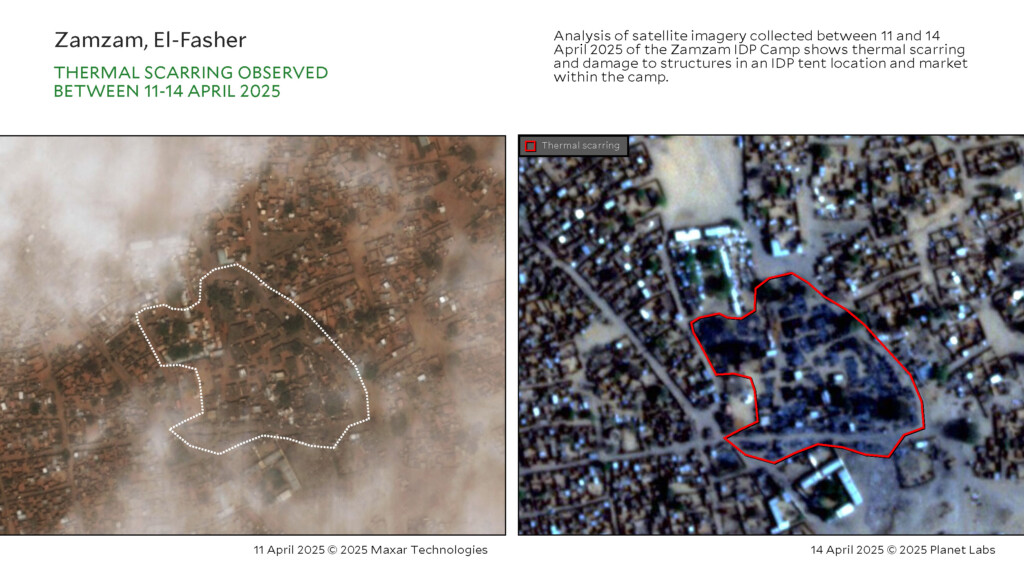
April 12: El Burhan holds talks with the Turkish President and Libyan Prime Minister. Activists publish a preliminary list of 56 names of the hundreds of people killed during the RSF attack on Umm Keddada, North Darfur.
April 13: Approximately 450 civilians, including women and children, are reported killed as the RSF “tighten their control” in a ground offensive on Zamzam camp, forcing “tens of thousands” to flee.
April 14: The British government’s approach to supporting Sudan’s most vulnerable is outlined in an exclusive interview with Radio Dabanga. The UK pledges £120 million, and the EU and member states also commit over €522 million in new aid for Sudan. Markets across Darfur have been shattered since the war broke out in Sudan, according to a new report.
April 15: As Sudan marks two years of devastating conflict, photographer Giles Clarke’s images offer a stark portrayal of life. Sudanese journalists sign an opinion piece in Le Monde calling for international action to protect media workers. As the Sudan Media Forum and G7 countries call for an end to the war, Hemedti proclaims that the new parallel ‘Government of Peace and Unity‘ will issue new currency and identity documents.
April 16: Millions of displaced civilians are reported to have fled the violence in El Fasher. The UN Security Council condemns recent attacks on the North Darfur capital and nearby camps for displaced persons. Untold hundreds are reported dead and injured in Zamzam camp, in what commentators have termed “the final catastrophe.”
April 20: The UN Resident and Humanitarian Coordinator in Sudan appeals to international donors for “exceptional, rapid funding support.”
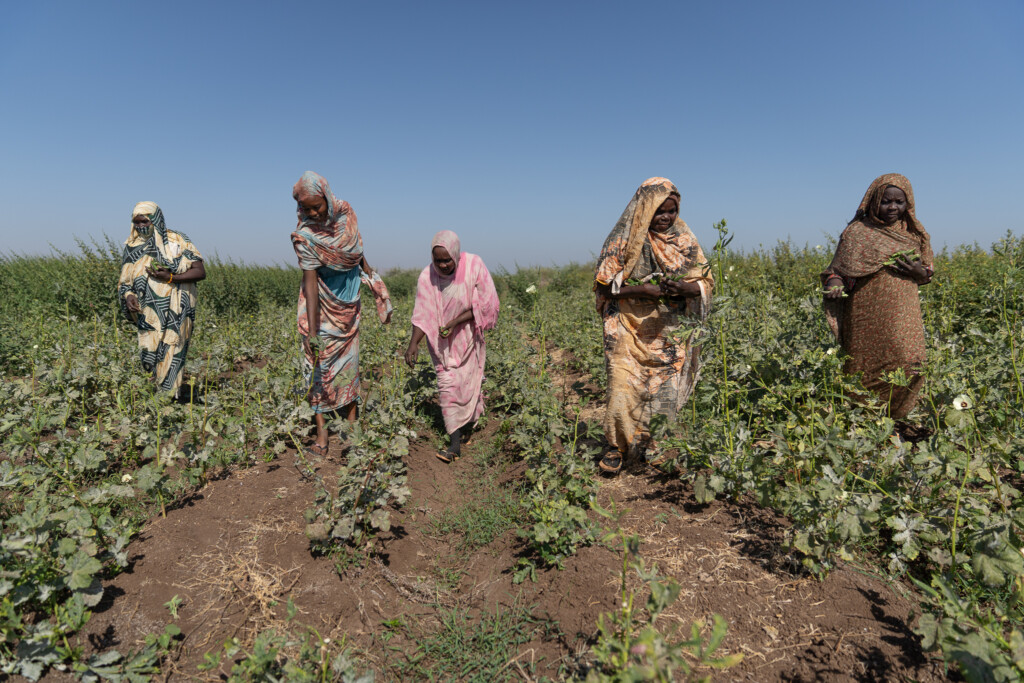
April 21: The trial of lawyer Montaser Abdallah begins amid allegations that he faced torture in detention. The SAF report that an RSF artillery barrage killed 47 civilians in El Fasher.
April 22: Human rights groups launch a campaign for the release of 30 miners who have been “arbitrarily detained”. Independent sources confirm that over three million displaced civilians have fled El Fasher violence, and the African Centre for Justice and Peace Studies (ACJPS) reports on displaced people who fall victim to human trafficking networks.
April 24: The paramilitary RSF is accused of killing at least eight civilians in El Fasher.
April 25: As the world observes World Malaria Day, Sudan braces itself for an escalating malaria threat and the further collapse of its healthcare system.
April 27: “It is the responsibility of the RSF not to use drones to target civilian installations,” says leader of the Sudan People’s Liberation Movement Revolutionary Democratic Current (SPLM-RDC), Yasser Arman. Researcher Eric Reeves argues that if humanitarian convoys cannot reach El Fasher, “the UN or other international actors must begin a sustained program of humanitarian airdrops.”
April 28: Widespread condemnation follows the release of footage purportedly showing members of the paramilitary RSF executing at least 31 people in Omdurman, Khartoum state.
April 29: Sudanese refugees are reportedly increasingly undertaking dangerous smuggling journeys known as “suicide trips” to reach Europe.
May 2: Sudan rates 156th out of 180 in the annual World Press Freedom Index, with at least 31 journalists killed and over 400 reported to have fled to neighbouring countries since the war began.
May 3: On World Press Freedom Day, reports confirm that at least 90 per cent of media, including TV, radio, and newspaper facilities, have been destroyed during the war in Sudan. Gunmen kill the head of Otash camp for displaced people, his son, and another resident during an attack in Nyala, capital of South Darfur.
May 4: The SAF accuses RSF of launching a coordinated drone assault on the strategic city of Port Sudan.
May 5: The ICJ dismisses the case brought by the Sudanese government, accusing the UAE of violating the Genocide Convention by supporting the RSF, causing public outcry.
May 6: Sudan officially severs diplomatic relations with UAE; the Gulf country says it does not recognise the legitimacy of the decision. Renewed drone strikes pummel Port Sudan for the third day in a row, targeting key civilian and military infrastructure.
May 7: Drone strikes hit the eastern Sudanese cities of Port Sudan and Kassala, amid mounting fuel crisis and civilian fears. The European Union calls on all parties to end hostilities and engage in dialogue.
May 8: Yasser Arman calls for immediate action to protect civilians, secure aid corridors, and pressure warring parties toward a humanitarian ceasefire through the Jeddah Platform.
May 10: Sudan, in its current conflict, seems to have entered a phase of “forced decentralisation”, writes Amgad Sharif.
May 11: Photos and videos of the ruins of Khartoum media organisations are “searing and painful” to see.
May 12: An Equality Now report discusses changing attitudes towards female genital mutilation (FGM) among Sudanese communities in Egypt.
May 14: Renewed drone attacks target Port Sudan, which has been under bombardment for 12 consecutive days. A Sudanese photojournalist is brutally assaulted by a group of Sudanese nationals in Egypt’s capital of Cairo.
May 15: At least 18 civilians are killed and 13 others injured during an SAF and aligned militias attack on the village of El Hamadi in South Kordofan.
May 18: The maternal mortality rate has climbed to 295 deaths per 100,000 live births, according to figures from the Federal Ministry of Health.
May 19: El Burhan appoints former UN official Kamil El Tayeb Idris as Sudan’s civilian Prime Minister. Staff at the Sudanese embassy in Libya “unlawfully arrest” a young Sudanese activist in Tripoli.
May 20: AU Commission Chairperson Mahamoud Ali Youssouf praises the appointment of Idris as prime minister as a potential step toward restoring democratic governance. The SAF announces that Khartoum state is “now entirely free” of the RSF.
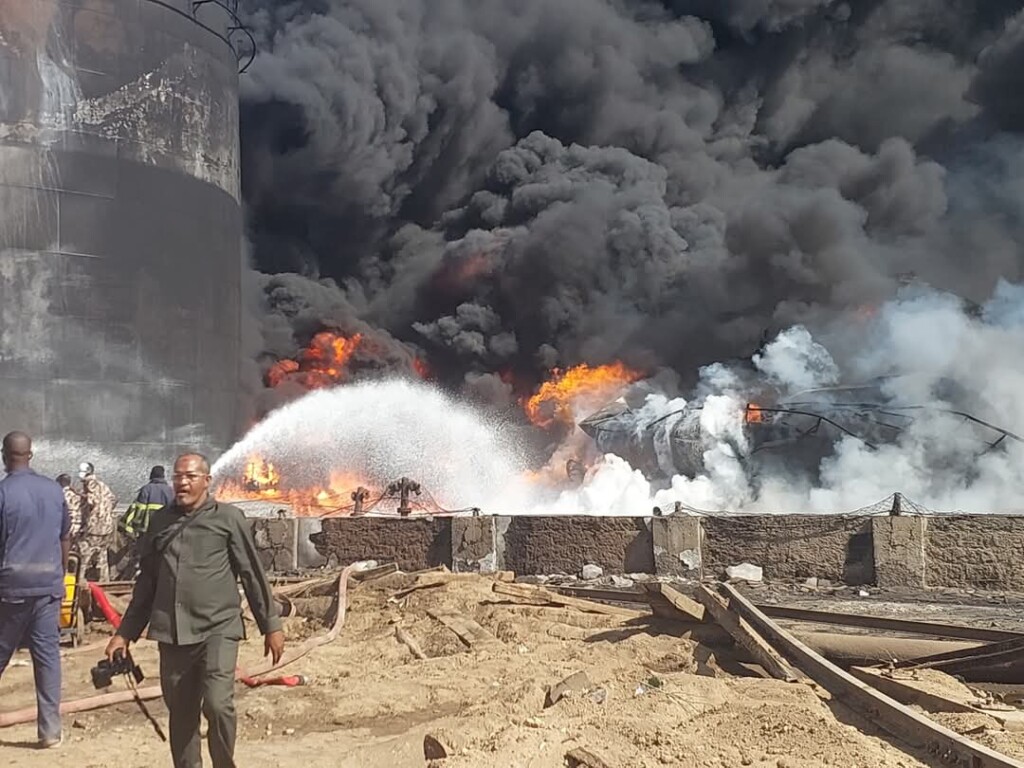
May 21: The cautious AU endorsement of PM Idris is met with mixed reactions, drawing both applause and condemnation across Sudan’s political and military spectrum.
May 22: The US formally accuses Sudan’s government of using chemical weapons during its ongoing war with the paramilitary RSF, threatening sanctions.
May 23: Hundreds of refugees in Gaga refugee camp walk more than 50 kilometres to Farchana camp, protesting the suspension of food aid for five consecutive months. Khartoum state reports 24 cholera deaths in one day, as 565 households are displaced from Dibebad in South Kordofan due to SAF-RSF battles.
May 25: In central Sudan, farmers prepare for the planting season, facing faulty irrigation, halted funding, and a severe lack of farm equipment. The Sudan Tribune reports that the RSF has turned Zamzam camp into a military barracks.
May 26: Reports indicate that two young Sudanese girls were raped after leaving Kounongou refugee camp in eastern Chad, near West Darfur. At least 16 people are injured after the RSF shells Abu Shouk camp for the displaced in El Fasher.
May 27: New US sanctions garner mixed reactions from militant and political groups across Sudan.
May 28: Khartoum state Ministry of Health reports 1,375 new cholera cases and 23 deaths.
May 29: The RSF expands its control of the Kordofan region, and the Sudanese government forms a committee to probe US chemical weapons allegations. Former AU and UN official Abdul Mohammed urges Sudanese people to take ownership of their country’s path to peace; meanwhile, Médecins Sans Frontières (MSF) warns that women and girls in Darfur face a near-constant risk of sexual violence.
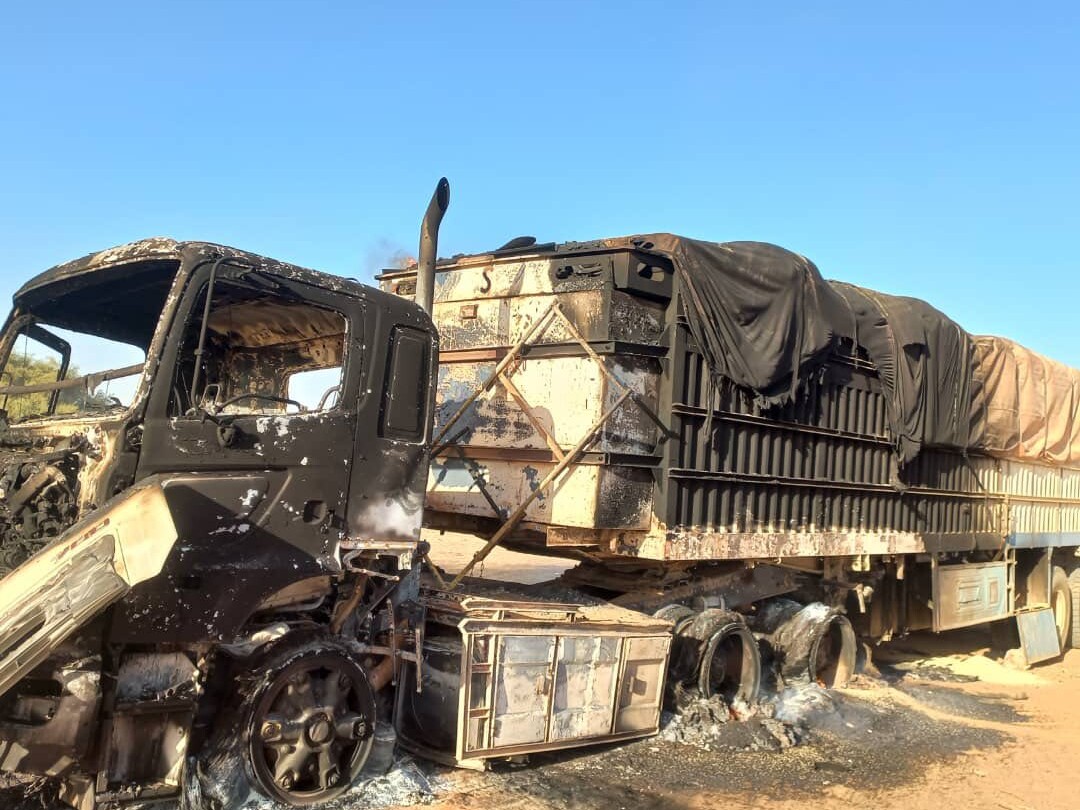
June 1: At least 89 people are killed and wounded in El Koma, North Darfur, following an aerial bombardment reportedly carried out by SAF warplanes. Ethiopian officials visit El Burhan in Port Sudan. Cholera ravages Omdurman amid a worsening health crisis.
June 2: Five die in a raid on a joint humanitarian aid convoy in North Darfur.
June 3: The Justice and Equality Movement (JEM) condemns the dissolution of Sudan’s caretaker government.
June 4: As Sudan marks the sixth anniversary of the Khartoum sit-in massacre, the country is added to the US travel ban list, and Hemedti rules out further Jeddah talks. Hundreds of residents in Wadi Halfa, Northern State, block all major entrances to the town in protest against scheduled power outages. The Sudan Media Forum condemns the new Press Act amendments.
June 5: On World Environment Day, Sudan continues to grapple with mounting plastic waste, weak enforcement of environmental laws, and powerful industrial interests resisting reform.
June 8: Health officials in West Darfur confirm six cholera cases in El Geneina, West Darfur, amid mounting concerns that the actual toll across the country is far higher.
June 9: Sudanese doctors and other groups raise alarm over the newly implemented US travel ban as it comes into effect.
June 10: The UN World Food Programme (WFP) Sudan chief says that “the international community must act now by stepping up funding to stop famine.”
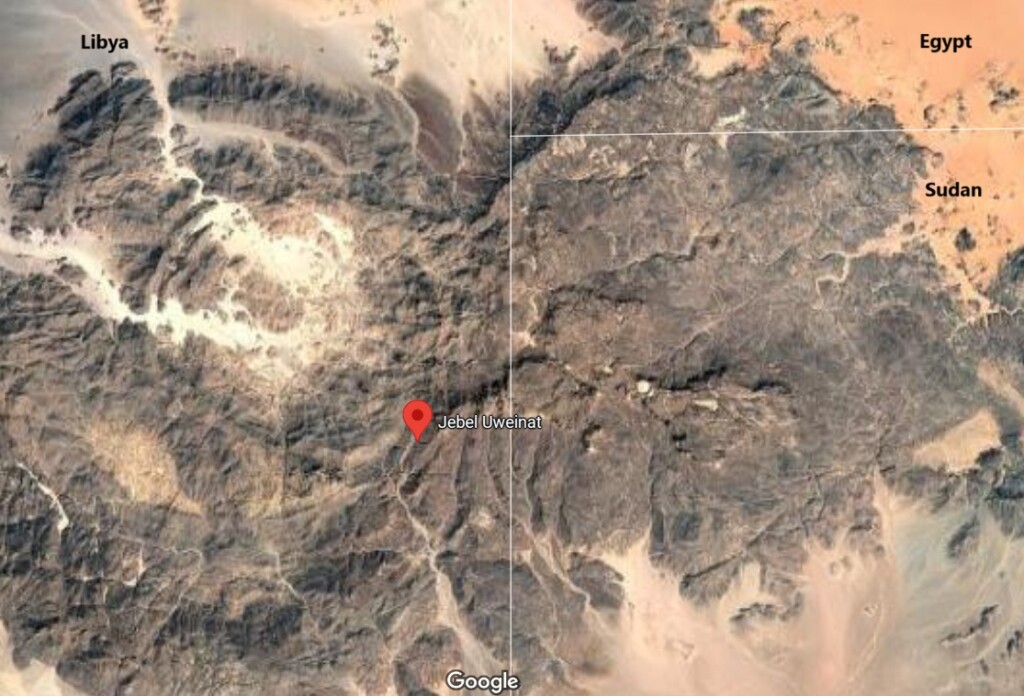
June 11: Cholera is confirmed in six states in Sudan: Khartoum, East Darfur, South Darfur, North Darfur, North Kordofan, and West Darfur.
June 12: The RSF seizes control of the strategic border ‘triangle‘ connecting Sudan, Libya, and Egypt. As World Day Against Child Labour is observed, approximately 23 million Sudanese children have reportedly been exposed to violence, abuse, or exploitation. “We should sound again the alarm” for the world’s largest humanitarian crisis, says Tom Fletcher, UN Under-Secretary-General for Humanitarian Affairs.
June 13: At least seven civilians are killed by RSF artillery shells in El Obeid, North Kordofan.
June 14: PM Idris orders the Sudanese ambassador in Iran to carry out a safe evacuation of all Sudanese nationals from the country.
June 15: The Sudanese Teachers’ Committee voices its disagreement with Khartoum state government’s decision to reopen schools. Heavy fighting erupts between the SAF and RSF in El Fasher. “Arbitrary killings in Sudan have tripled,” warns OHCHR.
June 16: Data shows that the Sudanese Pound fell sharply against international currencies in May. Meanwhile, human trafficking in Sudan has intensified dramatically since the outbreak of conflict. The RSF seizes control of another key strategic area near the ‘triangle’.
June 17: As World Desertification and Drought Day is observed globally, public despair is rife as chronic water shortages threaten people’s access to essential needs.
June 18: Security authorities in Abu Jubeiha, South Kordofan, detain hospital clerical worker Ahmed Hassan Shamboul.
June 19: Sumoud launches a diplomatic tour in South Africa to rally support. On the International Day for the Elimination of Sexual Violence in Conflict, the story of a group of women offers a glimpse into the reality of many Sudanese people.
June 20: Sudan faces the largest displacement crisis globally on World Refugee Day; since the war began, over 12.3 million people have been displaced.
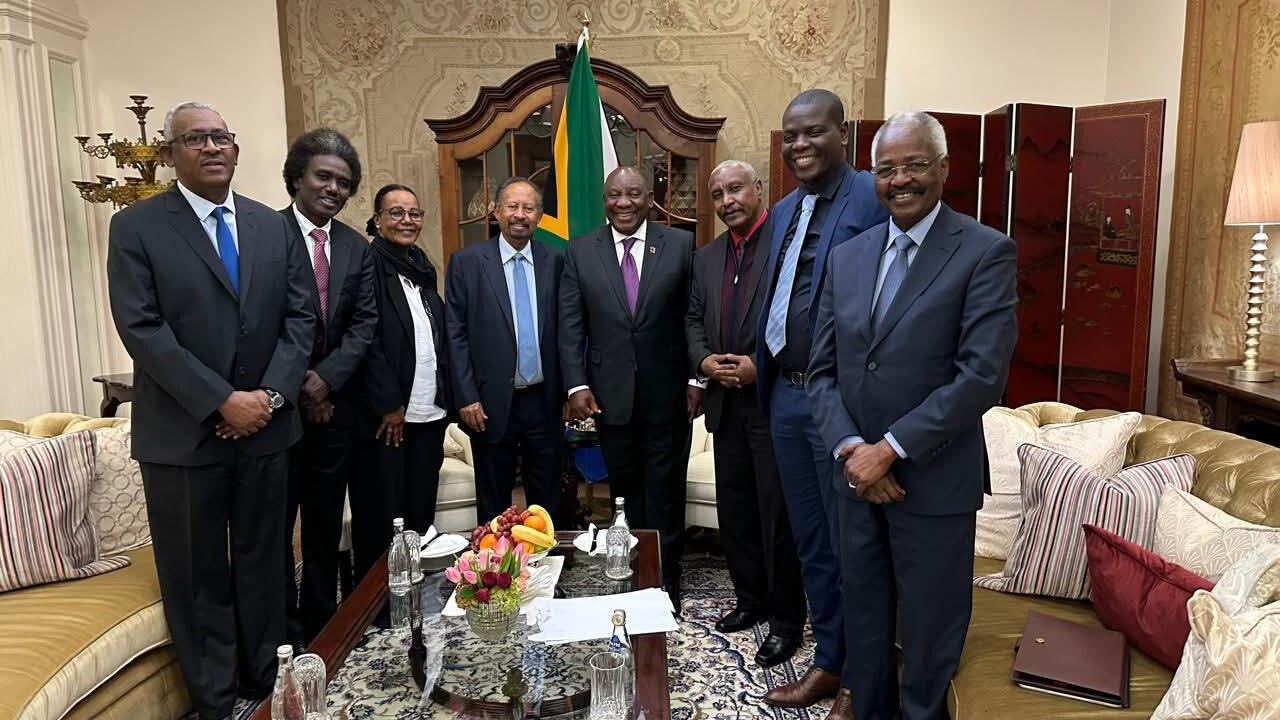
June 21: 6,000 Sudanese refugees face severe barriers to obtaining identification documents in Uganda.
June 22: Extrajudicial killings, systematic looting, extortion, and kidnappings for ransom terrorise civilians in Nyala. Civilians report panic and school closures in Northern State following the RSF’s seizure of the strategic ‘triangle’.
June 23: Most areas of Khartoum lack electricity and water services, except for those in Omdurman, a resident tells Radio Dabanga.
June 24: The Chadian government allows 10,000 Sudanese students in eastern Chad to sit for their secondary school certificate exams. The World Health Organisation (WHO) confirms that over 40 people were killed in an attack on El Mujlad Hospital in West Kordofan at the weekend.
June 25: The Sumoud coalition says it will not recognise the new prime minister and “will instead send its proposal for ending a 14-month-long war directly to the rival military factions.”
June 27: The SAF agrees to a UN call for a one-week humanitarian truce in the embattled city of El Fasher. Efforts by PM Idris to form a new cabinet are ruffled by public dispute, and US chemical weapons sanctions take effect.
June 28: New defence and interior ministers are sworn in to El Burhan’s ‘Government of Hope’, in a step towards forming a new government in Sudan.
June 29: Artillery shelling by the RSF kills at least three people and wounds dozens in El Fasher.
June 30: Renewed artillery strikes rock El Fasher as the RSF rejects a UN-proposed humanitarian truce. The escalation comes amid reports of hundreds of children succumbing to malnutrition and soaring commodity prices. On the anniversary of the 2019 March of the Millions, political and civil entities report that “the will to change is still alive.”
June 31: Several parties call for an urgent investigation into the collapse of the Karsh El Fil mine in Red Sea state, which reportedly killed up to 50 people.
Previous timelines
Sudan timeline January-March 2025: Power shifts as army wins major battle grounds in destructive war
Sudan timeline October-December 2024: Reports of famine and calls for peace overshadowed by war
Sudan timeline July-September 2024: Thousands starving as war continues without mercy
Sudan timeline April-June 2024: Sudan war ‘remains overlooked by international community’
Sudan timeline January-March 2024: Sudan becomes ‘the largest humanitarian crisis in the world’
Sudan timeline October-December 2023: War deepens Sudan’s suffering
Sudan timeline July-September 2023: Sudanese ‘in survival mode’
Sudan timeline April-June 2020: Covid-19 marks all aspects of life, inflation soars
Sudan timeline January-March 2020: Little relief to the country’s economic, security woes
Sudan timeline October-December 2019: Interim government put to the test
Sudan timeline July-September 2019: Turbulent transformation from tyranny






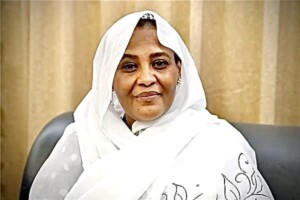
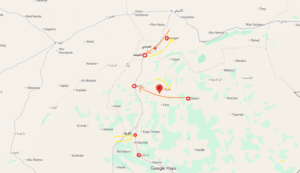
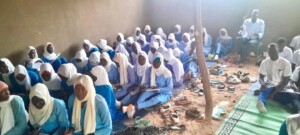
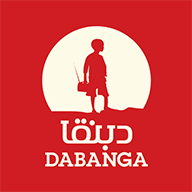
 and then
and then